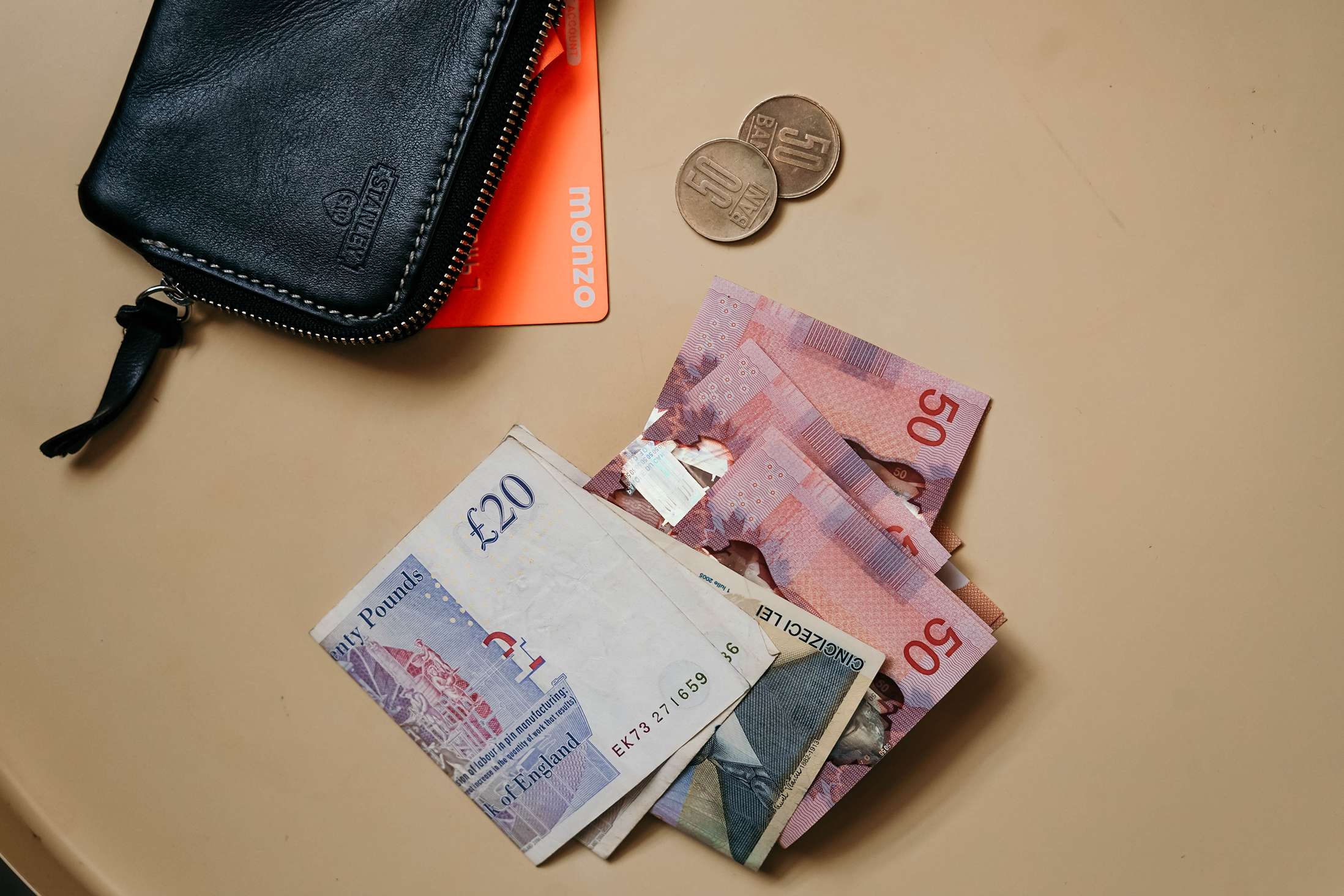What Is Petty Cash And What Is It For?

As a business owner, you may have heard of the term “petty cash.” It’s a common term used in the financial world, but what exactly does it mean? In this article, we’ll explain everything you need to know about petty cash, including its definition, how it works, and how to manage it effectively.
What Is Petty Cash?
Petty cash is a small amount of money that a business keeps on hand to cover minor expenses, such as postage, office supplies, and travel expenses. It’s usually maintained in a petty cash box or drawer, and it’s often handled by an employee who is responsible for making small purchases on behalf of the company.
Why Do Businesses Use Petty Cash?
Businesses use petty cash for several reasons, including: Convenience: Petty cash provides a convenient way to pay for small expenses without having to write a check or use a credit card. Speed: Petty cash transactions can be processed quickly, which is important for businesses that need to make small purchases on a regular basis. Control: By keeping a separate petty cash fund, businesses can control small expenses more effectively and prevent employees from using their own money to make purchases.
How Does It Work?
To use petty cash, a business first needs to establish a petty cash fund. This involves setting aside a specific amount of money, such as $100 or $200, and designating an employee to be responsible for the fund. Once the petty cash fund is established, the employee in charge of it can use the money to make small purchases as needed. For example, if the company needs to buy stamps, the employee can take $10 from the petty cash fund and purchase the stamps with cash. When the petty cash fund runs low, the employee responsible for it will need to request a replenishment. This involves submitting a petty cash request form to the accounting department, along with receipts for any purchases made since the last replenishment.
Advantages and Disadvantages of Using Petty Cash
Like any financial system, petty cash has its advantages and disadvantages.
Some of the advantages of using petty cash include:
- Convenience and speed of transactions
- Control over small expenses
- Reduced paperwork and recordkeeping
However, there are also some disadvantages to consider, including:
- Risk of theft or loss of funds
- Difficulty in tracking transactions
- Lack of transparency in spending
How to Set It Up
To set up a petty cash system, a business will need to take the following steps:
1. Determine the amount of petty cash needed.
2. Designate an employee to be responsible for the petty cash fund.
3. Establish a petty cash box or drawer and keep it in a secure location.
4. Create a petty cash log or journal to record transactions.
5. Set up a process for replenishing the petty cash fund.
Understand Enough About Petty Cash?
Petty cash is a small but important part of many businesses’ financial systems. By understanding how it works and implementing best practices for managing it, businesses can control small expenses more effectively and prevent fraud. Remember to keep accurate records, establish clear policies and procedures, and reconcile the petty cash fund regularly.
If you want to control and improve your business significantly, make sure to check out other business articles by Vincoguide!


